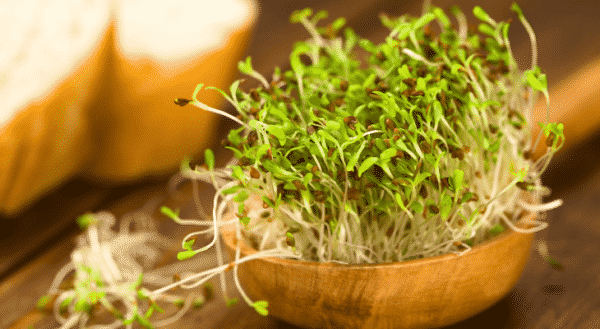Why old traditions could be the way forward for food producers
Revisiting forgotten production and formulation methods might give plant-based foods and its producers the edge.
Over the past couple of years, that saying about “what’s old is new again” has perhaps never been truer – at least as far as what consumers have been gravitating towards in terms of food. From buying (and baking) sourdough bread to growing their own vegetables, Australians have embraced age-old traditions.
Now, with global market research giant Mintel’s latest The Future of Nutrition, Health and Wellness report predicting that nutrient-dense foods are set to gain even more traction as consumers drill down further into the connection between diet and health, delivering a food product that’s ‘better’ is smart business. And particularly when it’s a plant-based food, bearing in mind the ever-growing pull they have on the consumer dollar and the fact that, without careful planning, vegetarian and vegan diets can fall short of key nutrients.
While plant-based foods are naturally rich in vitamins and essential nutrients, they can also be loaded with anti-nutritional factors, such as tannins and phytates that seriously impact the bioavailability of all that good stuff. It turns out that some well-worn food-processing and formulation methods can help, while ticking the box as far as consumer sentiment for ‘steeped in tradition’ goes. Here are three traditions you may consider learning more about.
Fermentation
Given consumer interest in gut health and particularly its role in immunity, fermented foods such as sauerkraut, kimchi and kefir are already on high rotation thanks largely to the hit of probiotics they can deliver.
Traditionally, everything from cereals to pulses were fermented – miso and tempeh, for instance, are made from fermented soybeans – as a way of bumping up nutrient density.
This is achieved in a number of ways. As well as improving the quality and digestibility of any protein that’s present, the fermentation process causes B vitamins like thiamine, niacin, riboflavin and folate to double.
Plus, iron gets ‘unlocked’ from its bound form during fermentation to become significantly more absorbable, which is important considering the body typically only absorbs around 10 per cent of the non-haem iron found in plant-based foods.

Sprouting
Considered one of the oldest and most important traditional food-processing techniques by some cultures, sprouting involves soaking raw grains or pulses to allow them to swell, before leaving them in a warm place until they sprout, so that shoots appear. A process that essentially turns the grain or pulse into pre-digested form, the end result can often be eaten raw. An emerging ‘old-style’ trend is to dry the sprouted grain or pulse and grind it down, turning it into a flour-like substance.
When it comes to nutrition, what’s so good about sprouting? Much like fermentation, it enhances vitamin C and niacin content, makes iron more bioavailable and just makes the food a lot easier for the body to digest. Proteins get converted into simpler-to-use fatty acids and, because sprouting breaks down a lot of the starch that’s present, products can be lighter on carbs, too. Specific sprouted grains – like sprouted brown rice and sprouted buckwheat, for example – have also shown promise for lowering cholesterol and blood pressure.
It’s little wonder that sprouting is considered one of the most effective, low-cost food-production methods for enhancing proteins, vitamins, minerals and enzymes in the diet.

The Combination Method
One way that inherently vegetarian traditional cultures navigate the risk of micronutrient deficiency that often goes hand in hand with plant-based diets, is combining foods so that a variety of cereals, pulses and vegetables meet in one meal.
It’s a sound strategy. For example, while pulses are good sources of protein, they lack methionine, an essential amino acid. Fortuitously, cereals provide this amino acid, but they lack another one called lysine – and that’s something pulses provide.
As a result, a UK-based institute dedicated to helping the food and beverage industry create healthier food products has recently highlighted the value of formulating combinations of ingredients to increase nutrient density, particularly for brands producing plant-based foods and alternatives.
What old traditions are you using in your business that may give you a competitive edge on your competitors?
If you found this article interesting, subscribe here to stay up to date with the latest in Naturally Good news.
-
Get your FREE ticket
- REGISTER FOR FREE
